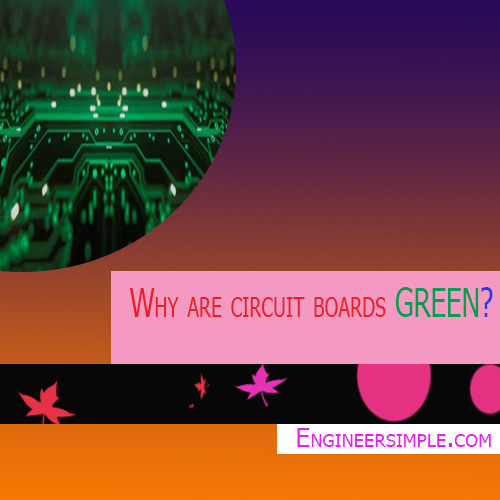Various Types of DC Generator
Types of dc generators are classified by the connection of the field winding and how it gets excited in the generator. Therefore, based on the field excitation, dc generator is classified as -
- Separately Excited DC Generator
- Self Excited DC Generator
Separately Excited DC Generator: As the name implies, a separate or different dc supply is fed to the field winding and the voltage is taken from the armature in this type of generator.

The above picture shows the dc supply by which a current flows through the field winding known as field current. It will produce the required flux which is cut by armature. Thus emf is induced in the armature conductor. The armature is shown in the right side of the above figure which is directly connected with the load. The armature current (Ia) which is actually flows through the load. Hence, Ia = IL
So the voltage and current relationship can be written as-
E= Vt + Va Ia
Or, we can say that whatever emf is induced in the armature coil is needed to supply the voltage to the load which is terminal voltage (Vt). Also this emf needs to supply the voltage drop across the armature coil which is Ia Ra. Where, Ra is the armature resistance. In addition to this summation, a small amount of brush voltage drop is also considered in cases where applicable. So the voltage equation of separately excited dc generator is below-
E= Vt + Va Ia + VBRUSH
One thing needs to be understood that the flux (φ) of the field coil is independent of the armature current (Ia) or the emf induced in the armature coil. But this flux depends on the separate dc supply, hence, is called a separately excited generator. If this dc supply is fixed, then the flux (φ) also remains constant, so it is called a constant flux generator.
Self Excited DC Generator: This type of generator provides the field excitation by itself. Therefore, it is named as a self excited generator. It can be classified as below:
- A. Shunt generator
- B. Series generator
- C. Compound generator
A. Shunt Generator: In this type of generator, field winding is in shunt with armature winding or in parallel with armature coil. Therefore, it is called a shunt generator.

From the above figure, armature current (Ia) developed from armature coil is distributed into field current (IF) and load current (IL). In this type of generator, field resistance of the shunt generator is RSH. The field current is fed to this shunt field winding. The armature current is divided into field current and load current if KCL is applied to the terminal. Thus current and voltage equations can be written as follows-
Ia =IF + IL
Also, the field current can be written as-
If KVL is applied to the right side loop, following equation can be obtained-
E= Vt + Va Ia + VBRUSH
B. Series Generator: So as per the name suggests, this type of generator has the field winding in series with the armature winding.

From the above figure, it is seen that the armature current (Ia) is fed to the field coil, thus, it is equal to the field current (IF) and the load current (IL ) . The current and voltage equation of this generator are given below-
Ia =IF = IL
Emf induced in this generator is given as
E= Vt + Va Ia + Ia Rse + VBRUSH
Where, Rse is the series resistance of the field coil.
C. Compound Generator: This type of generator can be composed with both series field and shunt field winding. Thus it is called compound generator. This generator can be subdivided by following two categories-
i. Long shunt compound generator
ii. Short shunt compound generator
In long shunt generators, the shunt field winding is in parallel with the both armature winding and the series field winding. On the contrary, short shunt compound generators have the shunt field in parallel with the armature coil. Therefore, both of these types are classified by compound generators. One thing is common that in both types, the load across these formation is connected in parallel.

.png)




.png)